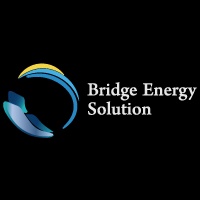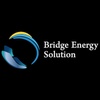A Solar panel inverter is a pivotal component of a solar power system, playing a crucial role in converting the direct current (DC) electricity generated by solar panels into usable alternating current (AC) electricity that can be used to power homes, businesses, and other electrical devices.
In essence, solar panels generate electricity in the form of DC due to the photovoltaic effect. However, most of our electrical appliances and the grid operate on AC power. This is where the solar panel inverter comes into play. It takes the DC electricity from the solar panels and transforms it into AC electricity, ensuring compatibility with the standard electrical systems.
There are various types of solar panel inverters, including string inverters, microinverters, and power optimizers. String inverters are commonly used in residential and small commercial installations. They connect to multiple solar panels in a series (string) and convert the combined DC electricity into AC power. Microinverters, on the other hand, are installed on each individual solar panel, allowing for more precise energy production monitoring and minimizing the impact of shading or panel mismatch.
Power optimizers are a hybrid solution that combines the benefits of both string inverters and microinverters. They are placed at each panel and maximize the energy output by adjusting the current and voltage of each panel individually.

The efficiency, reliability, and performance of a solar power system heavily depend on the quality of the inverter. A well-designed and properly installed inverter ensures that the solar energy collected is effectively converted into usable power, maximizing the return on investment for solar system owners. As solar technology continues to evolve, inverters also play a role in facilitating advanced functions such as system monitoring, remote control, and integration with smart home systems.


No comments yet